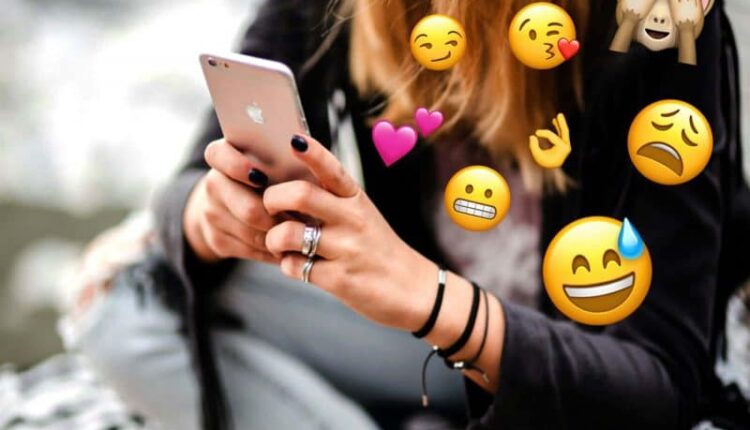The Problem With Emojis
Many people who text, tweet, or send emails also include emojis in their messages.
These can serve a variety of functions, such as to highlight an emotion, to provide emphasis, or to simply ornament one’s message. In addition, many people believe that their inclusion serves to clarify their intended meaning.
However, judging from the number of web pages devoted to the topic of “confusing emoji,” it seems that these symbols often create ambiguity instead of reducing it. And there are both technological and psychological reasons for this.
Lack of Standardization
At the present time, there are well over 3,000 emojis available, per the Unicode version 15 specification, and new ones are added each year by the Unicode Consortium.
The purpose of this body is to ensure standardization across vendors and platforms. Emojis are specified by hexadecimal codes, like U+1F920: this code will always generate a “face with a cowboy hat,” no matter which smartphone or web browser one happens to be using.
However, the Consortium doesn’t dictate what each emoji looks like, what they mean, or how they should be used. Their exact appearance is in the hands of companies like Apple or Microsoft, and, so, our grinning cowboy will look somewhat different depending on who makes your phone and which app you are using.
An online resource called Emojipedia keeps track of the various ways that a given emoji will be displayed. And, as you can see, our grinning cowboy’s appearance is variable: the smile is relatively broad when rendered by Apple, Microsoft, or WhatsApp, and relatively subdued when it appears on Twitter and Facebook. So, it’s important to know that one’s recipient may not see the exact same icon as the one being sent.
Signaling Sarcasm
In addition, the meaning of a given emoji can vary as well. For example, people often use emojis to signal that their message is intended sarcastically. But the Unicode Consortium doesn’t dictate meaning—there is no “sarcasm” emoji—and, as a result, people are left to their own devices to make this clear.
Several different emoji have been pressed into service to highlight insincere or snarky remarks. According to Emojipedia, a user might employ the “upside-down face” (U+1F643), a “woman tipping hand” (U+1F481), or even the “full moon with a face” (U+1F31D), which has the suggestion of an eye roll when rendered by Apple and WhatsApp, although not when depicted on other platforms or programs.
Multiple Meanings
Another problem is that some emojis are inherently ambiguous. A good example is the “folded hands” emoji (U+1F64F), which may mean “thank you” or “prayer,” depending on one’s culture.
However, the emoji can also be perceived as two palms coming together to form a “high five” hand gesture. In other words, the same emoji might be perceived as a request for prayer or as a celebration. One can imagine the confusion that might result from the two very different interpretations if appended to a text like “Grandma is very sick.”
The same is true for the previously mentioned “woman tipping hand” emoji. Apple originally called this “Information Desk Attendant,” in which an outstretched palm was meant to suggest a guiding gesture.
However, many users interpreted it as a hair flip, since the raised hand, at least in some versions, is depicted just below the character’s coiffure. A flick of the hair can suggest contempt, and, so, the helpful information desk attendant has morphed into a shorthand for snark.
Or consider the “kissing face” emoji (U+1F617). The lips are puckered, just as one might expect as the prelude to a smooch, but the same gesture is associated with whistling, an act with several distinct meanings, such as approval or embarrassment.
It would be all too easy for a coworker to interpret an intended whistle of admiration as a romantic come-on, leading to confusion or even concerns about harassment.
As a final example, consider how some emojis have been co-opted to represent parts of the human anatomy.
Most famously, the “eggplant” (U+1F346) and “peach” emoji (U+1F351) could be used to represent edible fruits but are more commonly used as stand-ins when sexting. Because of this, Facebook and Instagram banned the use of emojis for sexual purposes in the fall of 2019.
New Ways to Miscommunicate
As I describe in my recently published book, Failure to Communicate, the proliferation of new technologies has also created new opportunities for miscommunication.
No system for conveying ideas is foolproof, of course. Even face-to-face spoken language, which evolved over thousands of years, can still lead to misunderstandings and confusion.
But the rapid adoption of emojis as a way to augment text-based messages had led to its own set of problems.



